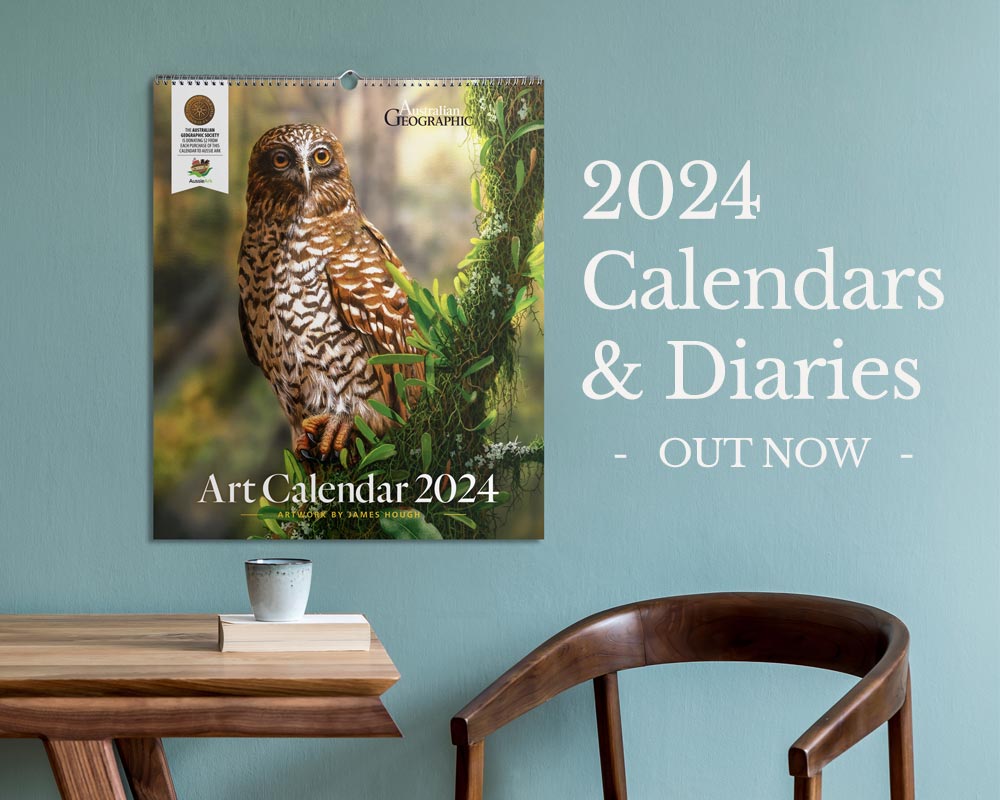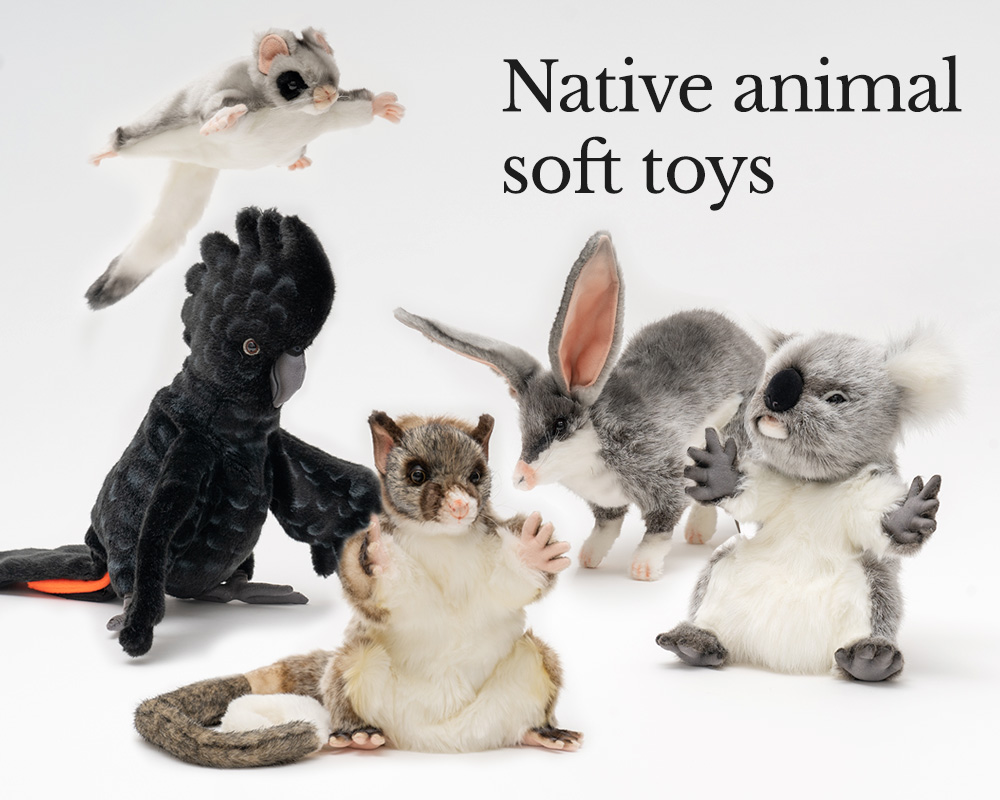AG Nature Photographer of the Year 2021: Threatened species shortlist

Life on the Edge
Snares crested penguin (Eudyptes robustus)
The Snares Subantarctic Island Group, New Zealand
Snares crested penguins are endemic to the tiny Snares island group, 200km south of mainland New Zealand. In search of food, they spend their winter migrating thousands of kilometres, clear across the Tasman Ocean foraging in Australian waters.
Canon EOS-1DX Mk II, Canon EF 600mm f/4L, 1/1000, f/8, ISO 640
Photo Credit: Richard Robinson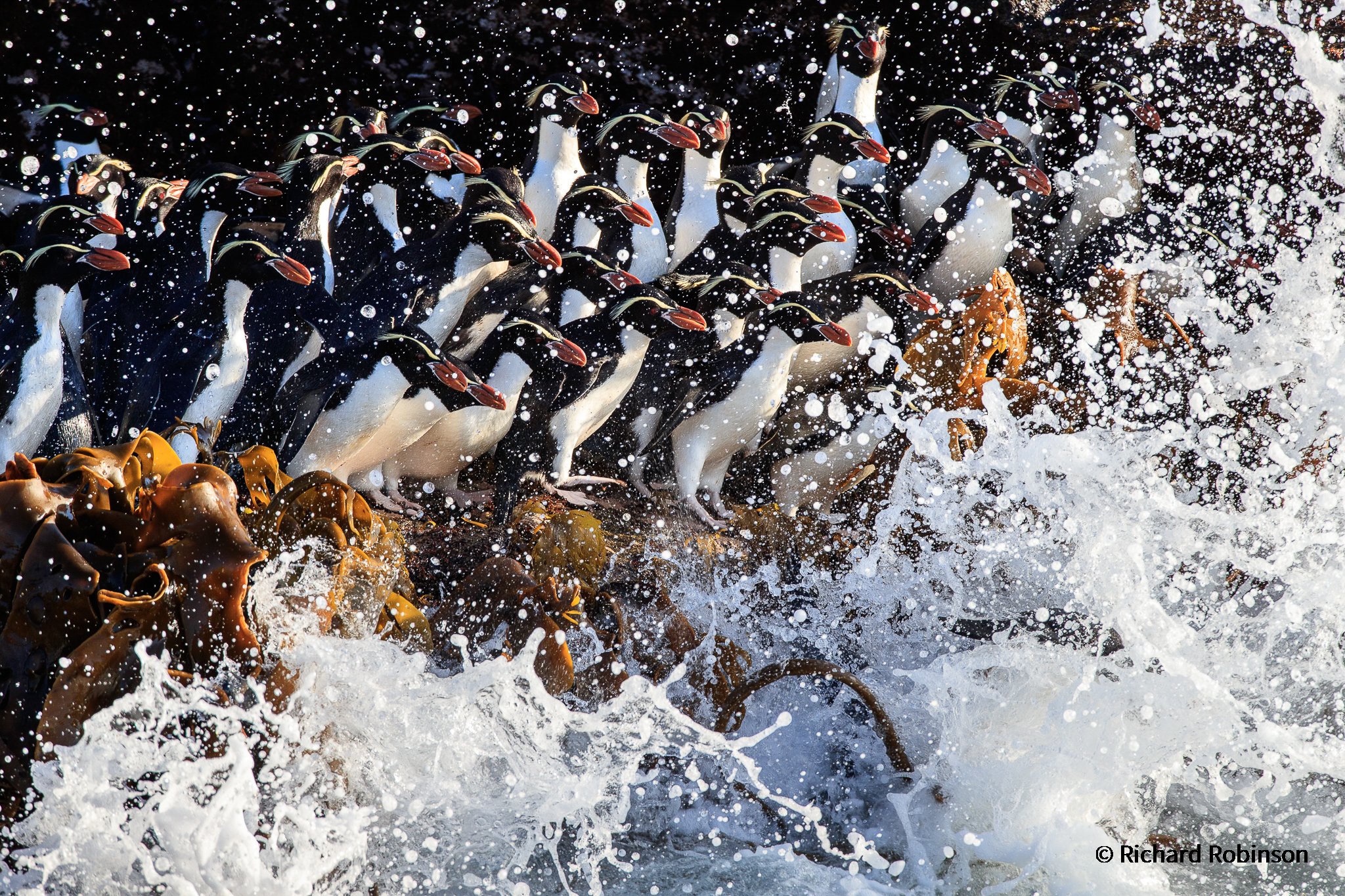
Southern Royal Albatross
Southern royal albatross (Diomedea epomophora)
Campbell Island, New Zealand.
A pair of majestic southern royal albatross on Campbell Island, New Zealand. Albatross are one of the most threatened birds in the world and we’re the problem. Climate change, plastics in the ocean and entanglement in longline fishing poles are just some of the human activities pushing these birds to the edge.
Nikon D750, 70–400mm, 135mm, 1250, f/9, ISO 400, handheld
Photo Credit: Gillianne Tedder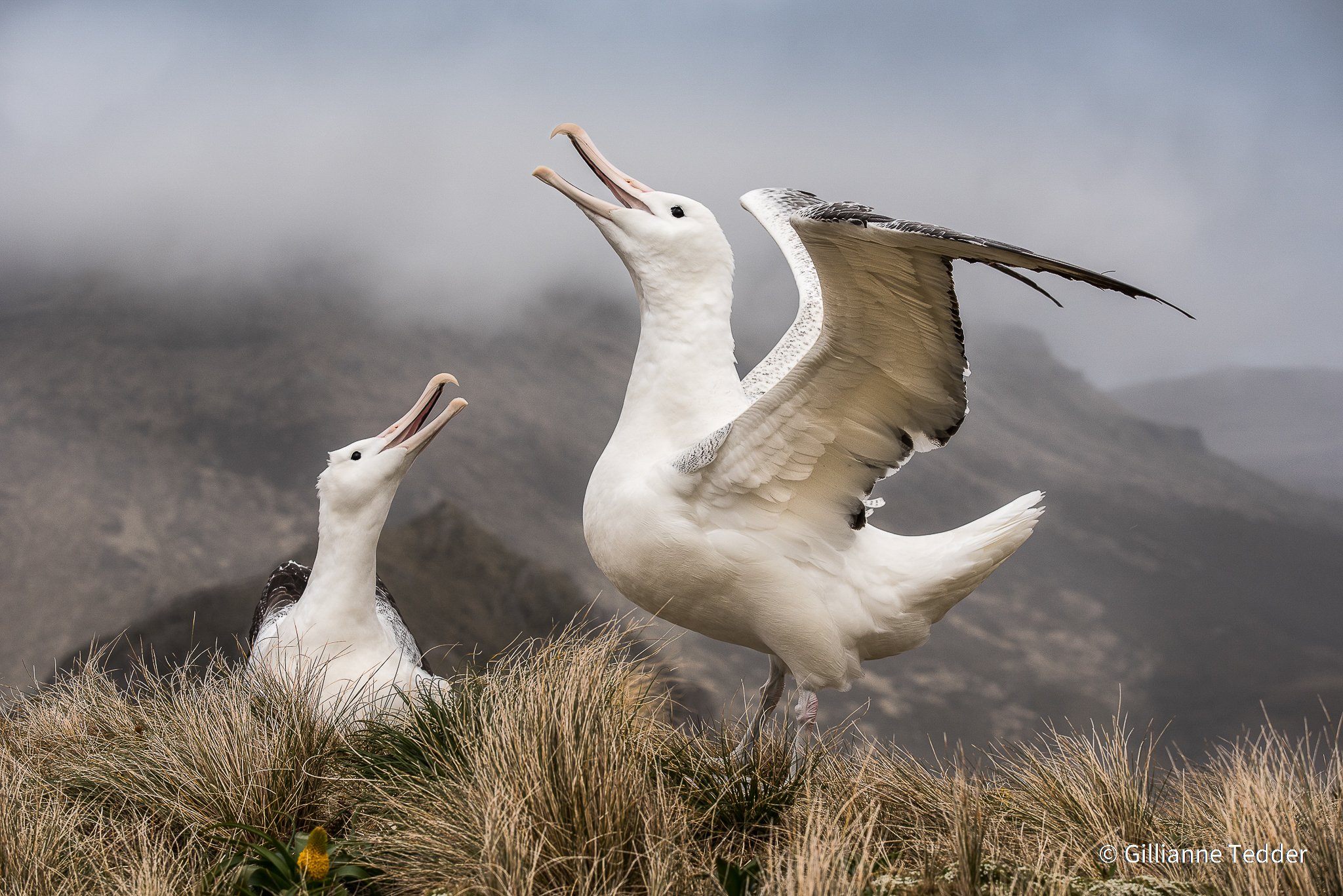
Declining species
Grey nurse shark (Carcharias taurus)
Exmouth, Western Australia
Populations of grey nurse sharks along the Australian coast are under threat and have suffered a decline over recent years. Current threats to the species are believed to be incidental catch from commercial fisheries, recreational fishing and, to a lesser extent, shark net programs run in New South Wales and Queensland.
Olympus EM1 Mk II, 8mm fisheye, 1/200, f/6.3, ISO 250, Olympus strobes
Photo Credit: Scott Portelli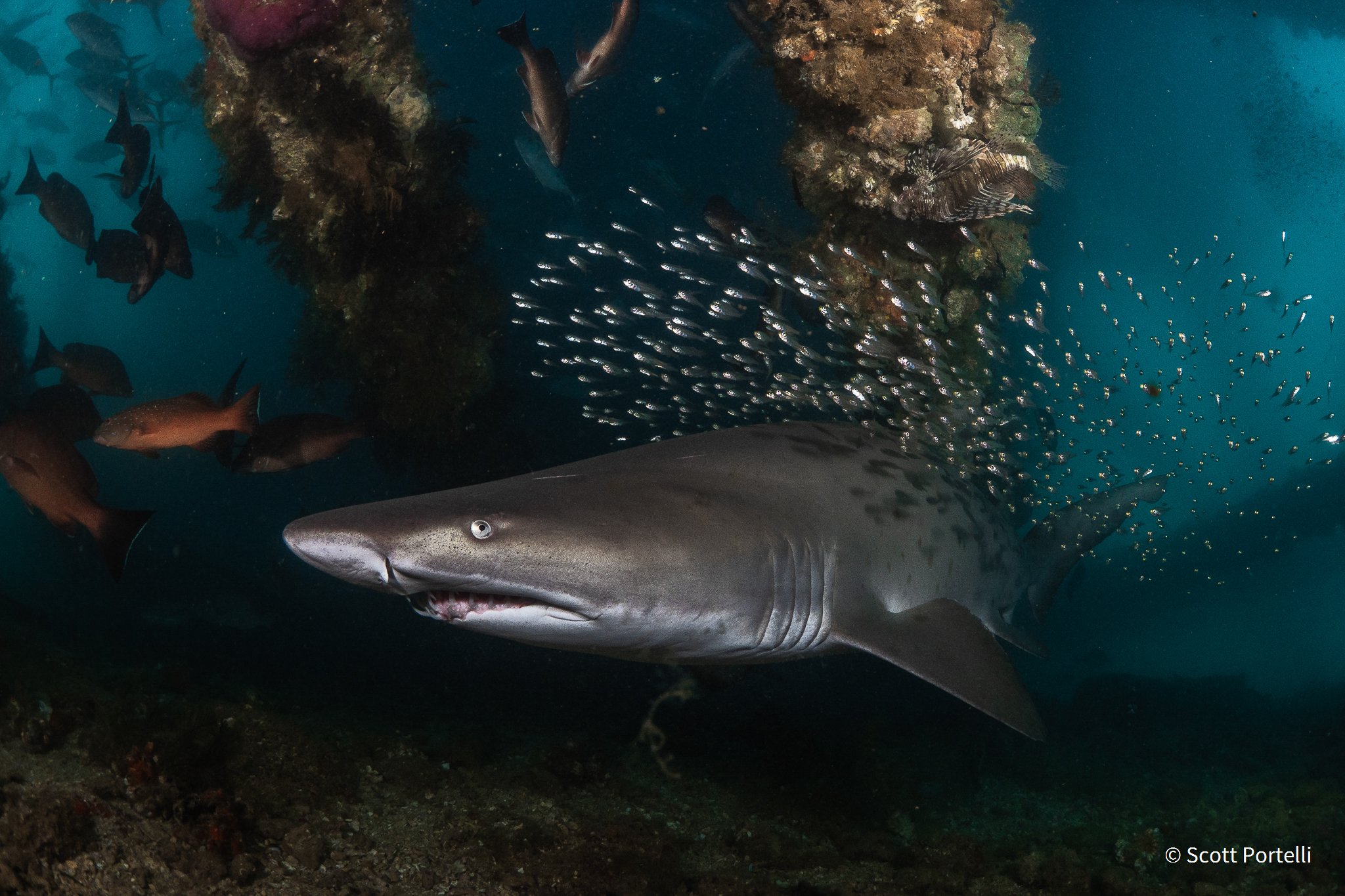
The Turtle Vortex
Green turtle (Chelonia mydas)
Lady Elliot Island, Queensland
Using a slow shutter speed along with rotating my camera in a circular motion I aimed to create an abstract image of these two endangered green sea turtles to portray them as ghostly figures, emphasising that without proper protection they may one day actually become ghostly figures, facing extinction.
Canon EOS 5D Mk IV, Canon EF 8–15mm f/4L fisheye USM lens, 1/4, f/18, ISO 100, 2 x Inon Z-330 strobes, AquaTech water housing
Photo Credit: Jordan Robins
In the shadows
Tasmanian devil (Sarcophilus harrisii)
Maria Island, Tasmania
I spent 14 days on Maria Island and one day, I was lucky enough to see a devil running past. I could see him in the bushes and the sun shone directly on him. It was an amazing feeling to see one out during the day.
Canon 1DX Mk II, Canon 200–400mm f4L IS USM 362mm, 1/1000, f/5.6, ISO 3200, handheld
Photo Credit: Tom Svensson
Shy Quoll
Eastern Quoll (Dasyurus viverrinus)
Bonorong Wildlife Sanctuary, Tasmania
This shy quoll is part of a breeding program managed by Bonorong Wildlife Sanctuary in Tasmania. I was quite lucky that there was a hole in the side of this log with which I could use some off-camera lighting to illuminate inside the hollow just enough to see the quoll’s face.
Sony A7RIII, Sony FE 100–400mm f4.5–5.6 GM OSS, 1/200, f/5.6, ISO 400, off-camera flash used from the right hand side, handheld
Photo Credit: Matt Palmer
Hiding among the reeds
Green and golden bell frog (Litoria aurea)
Bendalong, New South Wales
The rapid decline of green and golden bell frog populations has been driven by habitat destruction, water contamination, introduction of predatory Gambusia fish and proliferation of chytrid fungus, which is impacting amphibians globally. To photograph these frogs, I lay mostly submerged in a farm dam, which is a refuge from these threats.
Nikon D800e, Nikon 16–35mm, 1/200, f/13, ISO 160, Nikon SB-28, Camtraptions wireless trigger
Photo Credit: Chris firth
Fairy Tern Shakedown
Fairy tern (Sternula nereis)
Rottnest Island, Western Australia
With a spirited head flick, a fairy tern creates an arc of water droplets. Fairy terns are spring and summer breeding visitors and nest in shallow sand scrapes above the high-water mark on the island.
Canon EOS 1Dx Mk II, Canon EF 600mm f4L IS II USM lens, 1/2000, f/6.3, ISO 400, tripod
Photo Credit: Pam Osborn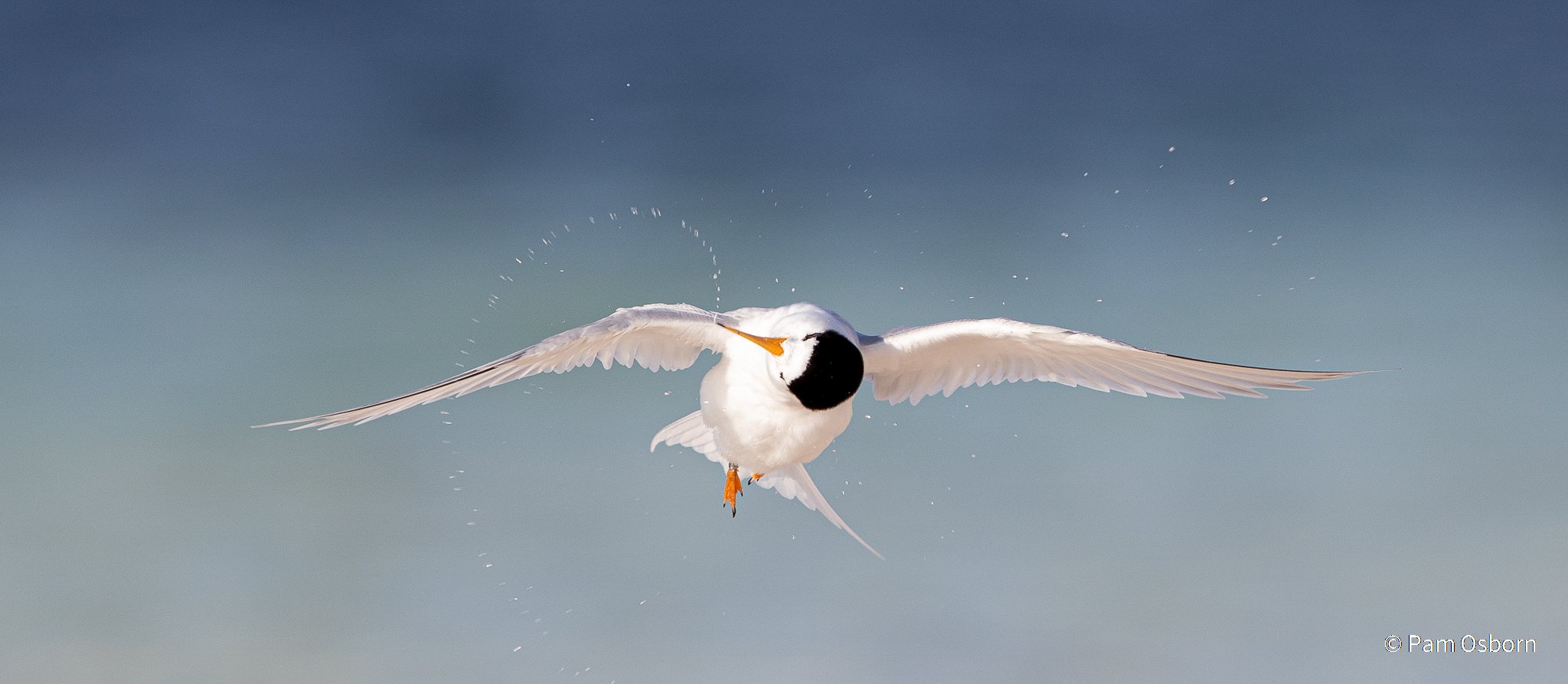
Cooling down
Grey-headed flying-fox (Pteropus poliocephalus)
Parramatta River, New South Wales
I have been studying and photographing the grey-headed flying-foxes in the Sydney area for the last 15 years. These magnificent endemic Australian mammals suffer from persecution as well as the impact of global warming. Recent years’ heat waves have killed a significant part of the wild population. They need our urgent help.
Canon EOS 1DX, Canon 300mm f2.8 x 2 converter, 1/2500, f/7.1, ISO 3200, taken from a floating hide
Photo Credit: Ofer Levy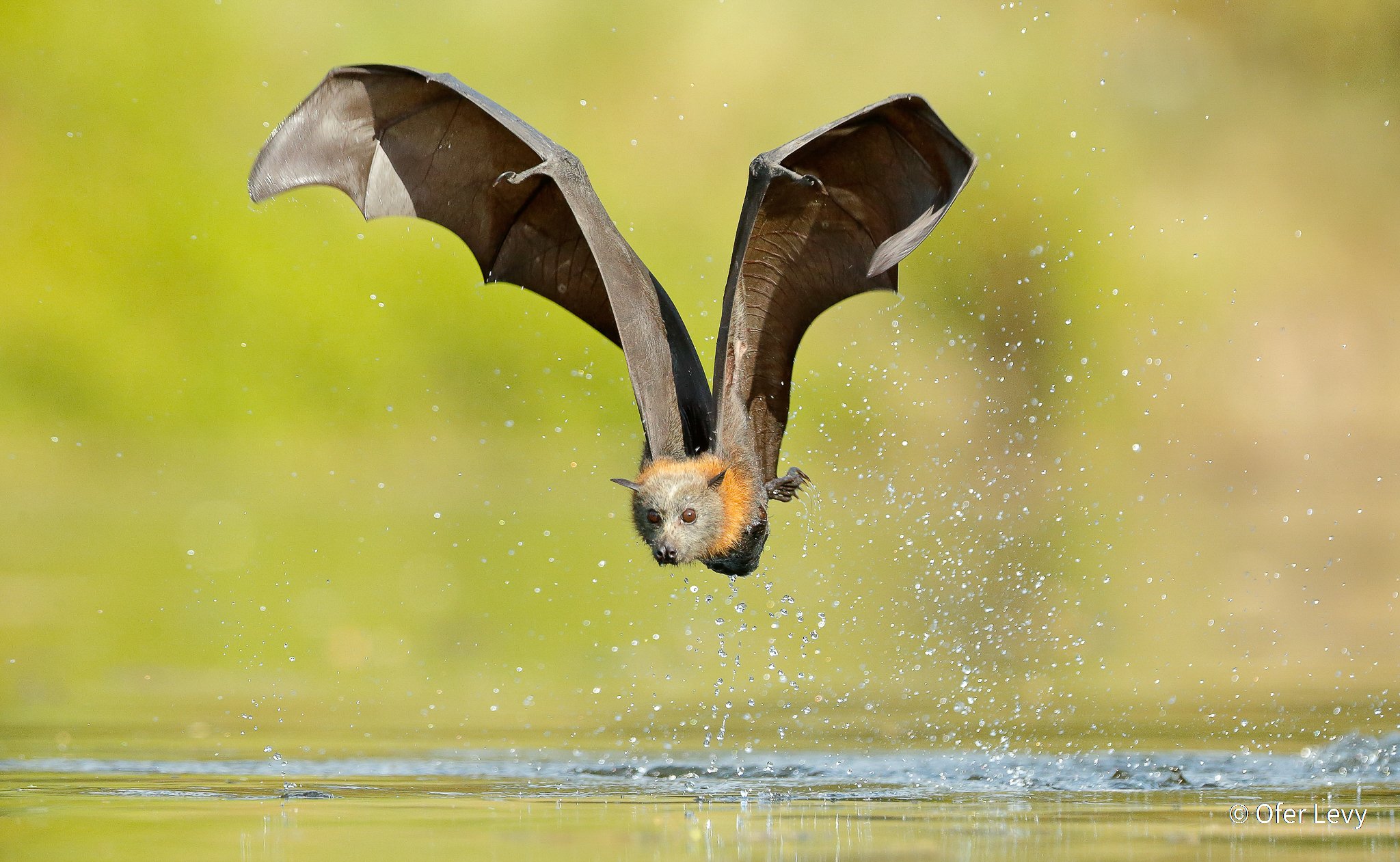
Burrow Maintenance
Greater bilby (Macrotis lagotis)
Mallee Cliffs National Park, New South Wales
A bilby at the entrance to its burrow. Bilbies were reintroduced to Mallee Cliffs by Australian Wildlife Conservancy and NSW Government in 2019 to protect them from further decline due to feral predation. This is the first time bilbies have been present in the area in more than a century.
Canon 5D Mk III, Canon EF 50mm f/1.4 USM, 1/200, f/9.0, ISO 320, 2 x Canon Speedlite 580EX, Camtraptions PIR motion sensor, tripod
Photo Credit: Brad Leue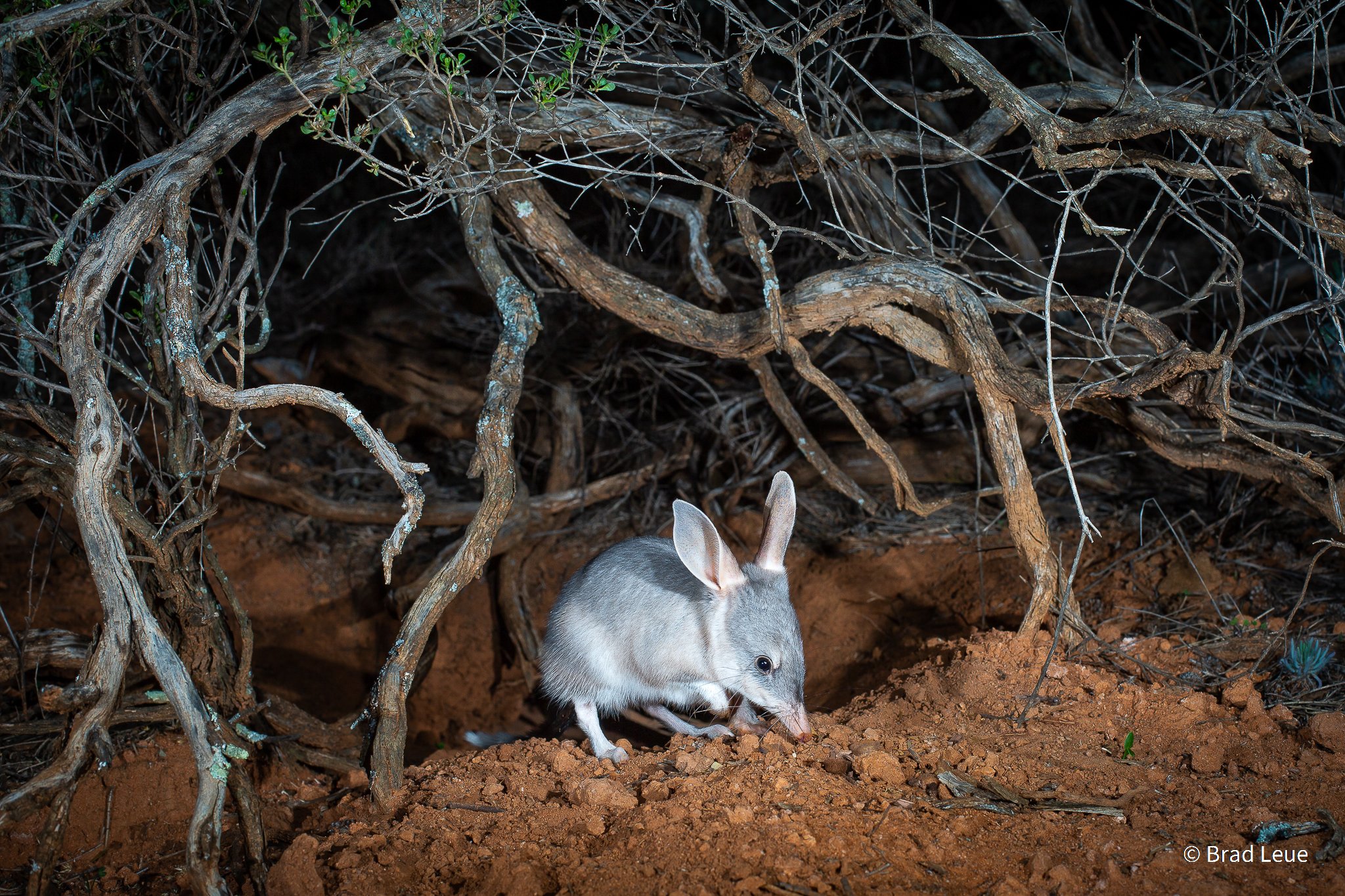
Home Topics Wildlife AG Nature Photographer of the Year 2021: Threatened species shortlist

